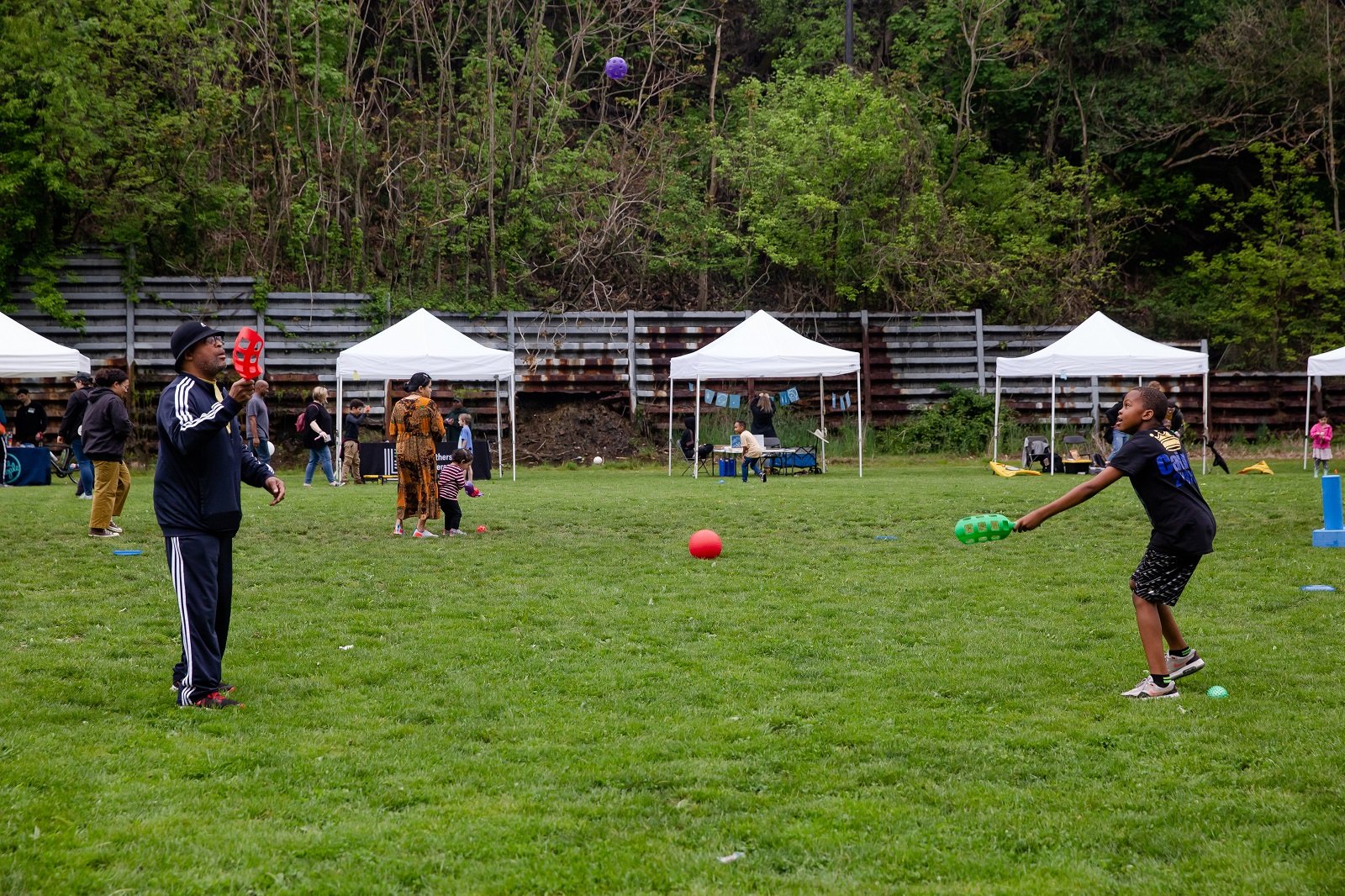
NEWS
The Story Behind Intergenerational Play
Through intergenerational play, adults and children can further their social bonds, develop lifelong skills like language cognition and problem-solving together, and discover more of the world around them.
The term intergenerational is often defined as a purposeful, regular exchange and learning between children and older people. This intergenerational sharing can bridge generational differences and provide mutual benefits, as well as counteract ageism and age-related stereotypes.
Photo Credit: Crystal Joy Photography
Why Intergenerational Play and Recreation is Important
As Irish playwright George Bernard Shaw famously said, “We don’t stop playing because we grow older; we grow older because we stop playing.” Play is not only beneficial but essential for people of all ages. Today, there is increasing interest in the benefits of not only play itself, but specifically people from younger and older generations playing together.
Research shows that play is essentially good for older adults: it promotes relaxation, reduces stress, and helps to maintain cognitive skills, such as memory and problem-solving. Active play for older adults helps to increase muscle tone, coordination, and reaction time. Adults who exercise regularly can significantly reduce the risk of developing dementia and Alzheimer’s disease. Intergenerational play is also the ideal setting for the family to bond with each other.
Older adults and children can engage together in numerous types of play, and no specific type of play is more beneficial than another. For example, ‘make-believe’ is one form of play where adults can, if they choose, effortlessly influence the development of a child’s social and moral values, through encouraging co-operation, honesty, and good sportsmanship. Generations can learn more about language development by playing with each other as it can help to improve social and communication skills.
Activities that are generally associated with intergenerational play can include puzzles, construction or building sets like stackable bricks and blocks, drawing, board games, arts and crafts, and story-telling. These activities help socially to develop bonds between adult and child, but also encourage imagination and sense of achievement.
Conclusion
Children can gain a lot when older adults take an active role in play. Children who play with older adults demonstrate more creativity and higher levels of language and problem-solving skills. For older adults, play has many psychological and health benefits, particularly when children are involved.
Through intergenerational play, older adults and children can further their social bonds, develop lifelong skills like language cognition and problem-solving together, and discover more of the world around them.
Photo Credit: Crystal Joy Photography



